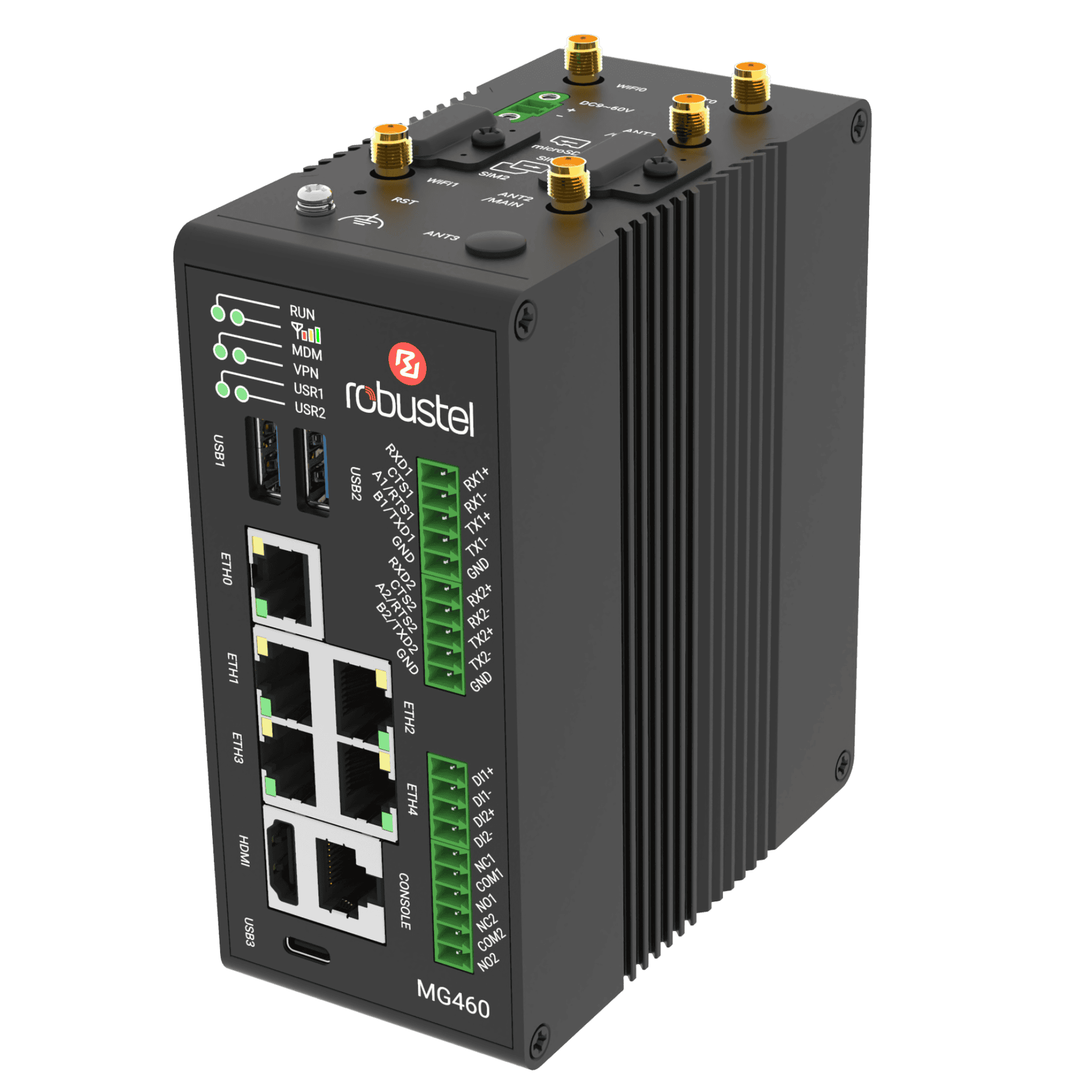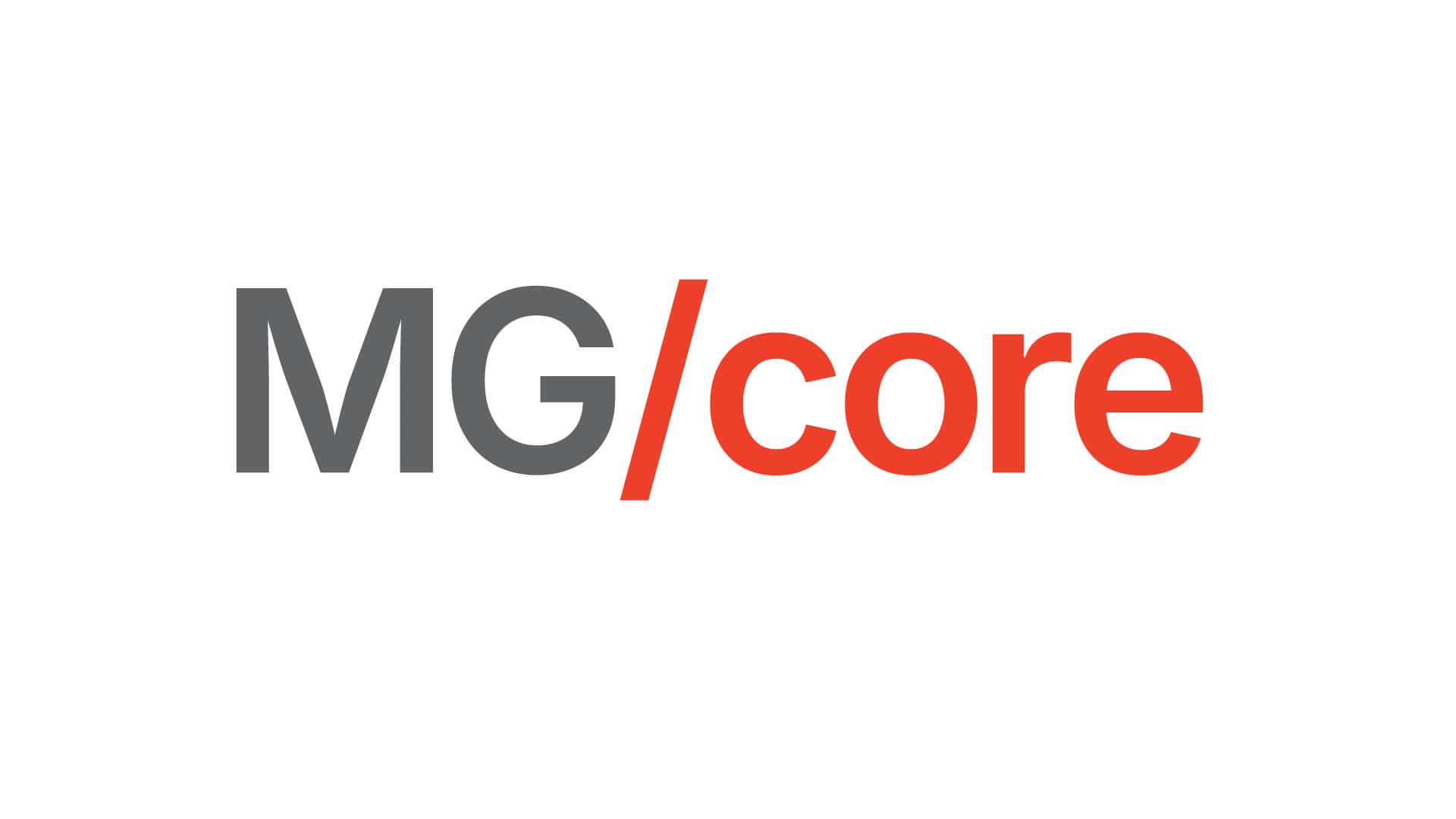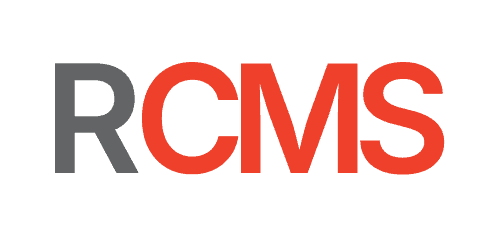Securing Battery Management Systems (BMS) on IEC 61162-460 Aligned Vessel Networks
A Robustel Application Example
Application Example – Fast Facts
Industry
Maritime (commercial vessels)
Product(s)
MG460 gateway with MG Core; RCMS (RobustLink, RobustVPN); optional Edge data handling where appropriate
Challenges
eep Battery Management Systems reachable and safe within the bridge/OT network, enforce segmentation and least-privilege access, standardize updates and logging, prepare clean evidence for audits under International Association of Classification Societies (IACS) Unified Requirements UR E26 and UR E27 and IEC 61162-460
Expected Outcomes
IEC 61162-460–aligned zoning around BMS, predictable maintenance access with audit trails, signed and reversible change control, faster and smoother inspections
Keep BMS data available without exposing the OT network
Battery Management Systems now sit at the heart of hybrid and fully electric vessels, monitoring cell health, temperature, charge state, and alarms that impact propulsion and safety. Many installations grew from stand-alone cabinets into mixed networks alongside propulsion controllers, power management systems, navigation devices, and crew services. Operators need a gateway pattern that keeps BMS telemetry and maintenance interfaces reachable, segments them from non-essential domains, and produces the evidence auditors expect for IACS UR E26/E27 and IEC 61162-460.
Business Challenges
Network segregation for safety systems: Keep BMS traffic in a protected zone while allowing only the approved flows to power management, alarms, and monitoring stations.
Controlled vendor access: Enable OEM or yard engineers to service BMS controllers with role binding, time limits, and a full activity trail.
Change control and rollback: Ensure firmware, policy, and configuration changes are signed, logged, and reversible to support incident review and class inspection.
Mixed vendors and interfaces: Different BMS generations, media, and management tools demand policy enforcement that does not force wholesale replacement.
Inspection readiness: Provide topology, zoning rules, accounts/roles, and change history that align with IEC 61162-460 and IACS UR E26/E27 cyber objectives.
Solution Overview

Here’s how we bring BMS into a controlled, auditable vessel design—without adding operational friction. We start with a compliant gateway foundation (MG460/MG360 with MG Core), implement IEC 61162-460–aligned zones and policy, and add only the services needed for maintenance access and fleet operations. The outcome is a repeatable pattern you can deploy across vessel classes and present confidently to class.
- Compliant gateway foundation: Run MG Core on MG460 to enforce segmentation, least-privilege access, services-off-by-default, signed updates, and comprehensive logging—supporting IACS UR E26/E27 and IEC 61162-460 aligned designs.
- BMS zoning and policy: Use VLANs and firewall rules to separate a BMS/Power zone from Navigation/OT, Maintenance/Vendor, and Crew/Guest domains. Permit only required flows (for example, alarms to bridge, status to monitoring HMI) and block lateral movement.
- Controlled vendor access: Provide RobustVPN profiles bound to roles and specific devices with time-boxed credentials and per-service exposure (for example, enabling only the BMS HTTPS interface during a scheduled window). All actions are logged for audit.
- Fleet operations at scale: With RCMS, standardize templates per vessel class, commission via Zero-Touch, execute ring-based firmware and policy rollouts, and keep configuration and event history across ships.
Note: BMS integrations follow your equipment list and class-approved plan. The gateway does not alter certified instrumentation; it protects, segments, and monitors the network around it.
Expected Customer Outcomes
Here’s what a successful implementation looks like outcomes that matter to bridge teams, IT, and class.
- IEC 61162-460–aligned segmentation: Clear zones around BMS with only approved inter-zone flows allowed.
- Predictable availability of BMS services: Maintenance and monitoring remain reachable without exposing the wider OT network.
- Controlled, auditable access: Least-privilege, time-limited vendor sessions with complete activity trails.
- Signed, reversible change control: Firmware, policy, and configuration are versioned and verifiable.
- Inspection-ready evidence: Topology, rules, accounts, and change history available on request—smoother IACS UR E26/E27 discussions and faster audits.
Featured Products
Robustel MG460 Gateway

MG Core Operating System

RCMS Cloud Device Management

Talk to an Expert
Every power system design is different. Share your BMS model, vessel topology, and class expectations—we’ll design a gateway pattern that protects the BMS, aligns with IEC 61162-460, and scales across your fleet.
